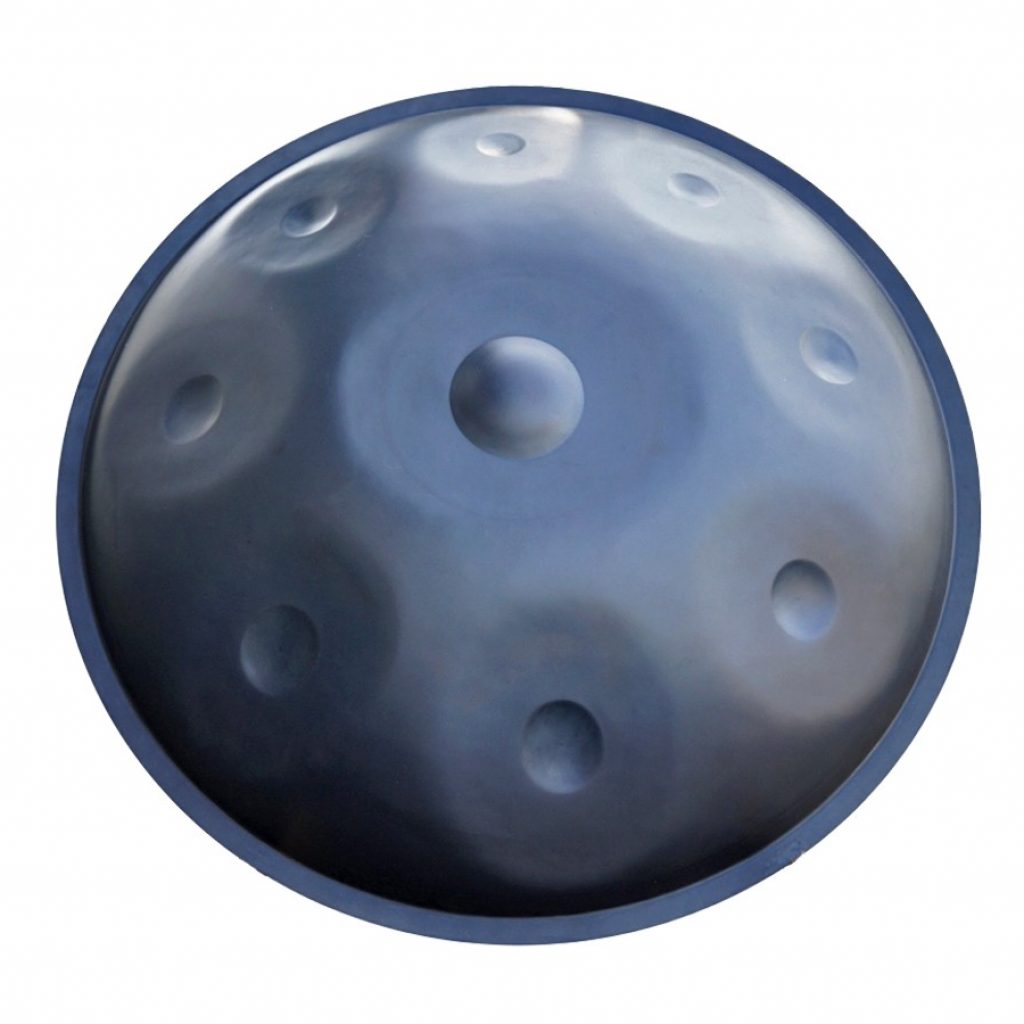Selecting a handpan for sound healing involves a delicate interplay of craftsmanship, scale, and personal connection. As you embark on this journey, consider the following essential elements to ensure that your handpan aligns with the therapeutic intentions of your sound healing practice.
You can view our recommendation here.

1. Craftsmanship and Material Quality: Examine the craftsmanship and material quality of the handpan. Look for instruments crafted from high-quality steel and created by skilled artisans. The handpan’s resonance and tonal richness are deeply influenced by the precision of its construction, making craftsmanship a critical factor in its efficacy for sound healing.
2. Scale and Musical Range: Choose a handpan with a scale that resonates with the healing atmosphere you wish to create. Various scales evoke different emotions and energies. Common scales for sound healing include the Integral, Aeolian, and Dorian scales. Explore these options to discover the one that aligns with your therapeutic intentions.
3. Sustain and Overtones: Assess the sustain and overtones produced by the handpan. Seek an instrument that offers a balance of sustain and controlled overtones, contributing to a harmonious and immersive sound. These qualities are essential for creating a therapeutic sonic environment that facilitates relaxation and emotional release.
4. Playing Comfort and Technique: Consider the playing comfort and technique required for the handpan. Choose an instrument that feels comfortable to play, allowing for ease of movement and expression. Assess how well the handpan responds to different playing techniques, such as striking, tapping, and finger gliding, to enhance your versatility in sound healing sessions.
5. Portability and Size: Evaluate the portability and size of the handpan, especially if you plan to use it in various settings. A portable handpan with optimal size and weight allows for flexibility in sound healing practices, accommodating different environments and healing spaces.
6. Versatility in Ensemble Playing: If you intend to integrate the handpan into ensemble playing or sound healing collaborations, consider its compatibility with other instruments. Explore how it harmonizes with singing bowls, gongs, or other melodic percussion instruments to create a cohesive and balanced sonic experience.
7. Personal Connection and Resonance: Trust your personal connection and resonance with the handpan. Play multiple instruments to discern the unique qualities of each. Your intuitive connection with the instrument enhances its effectiveness in translating your intentions into transformative sound experiences during sound healing sessions.
8. Community Recommendations: Engage with the handpan community to gather insights and recommendations. Participate in forums, workshops, or connect with fellow sound healers to benefit from their experiences in choosing handpans for therapeutic practices.
In the realm of sound healing, the handpan becomes a conduit for melodic alchemy, weaving together craftsmanship, scale, and personal connection. By carefully considering these elements, you embark on a quest to find a handpan that not only resonates harmoniously but also becomes an integral part of your journey in facilitating therapeutic soundscapes.